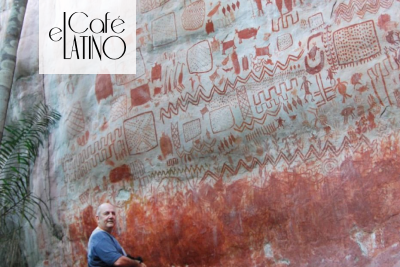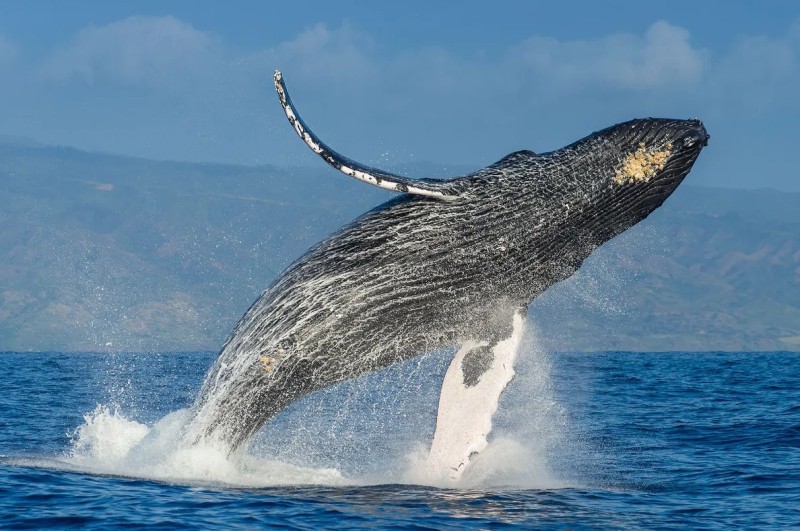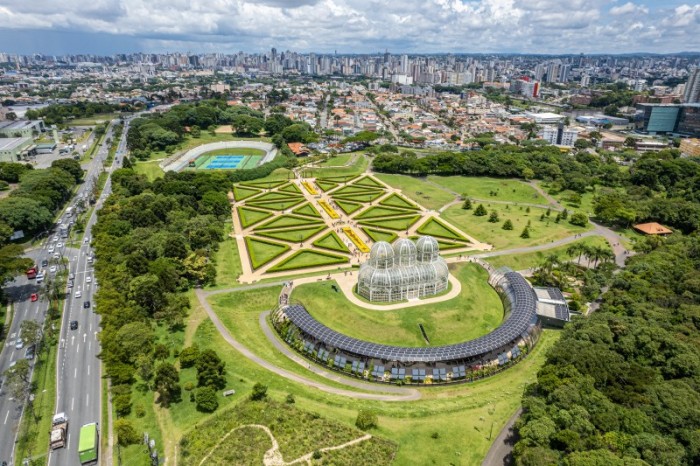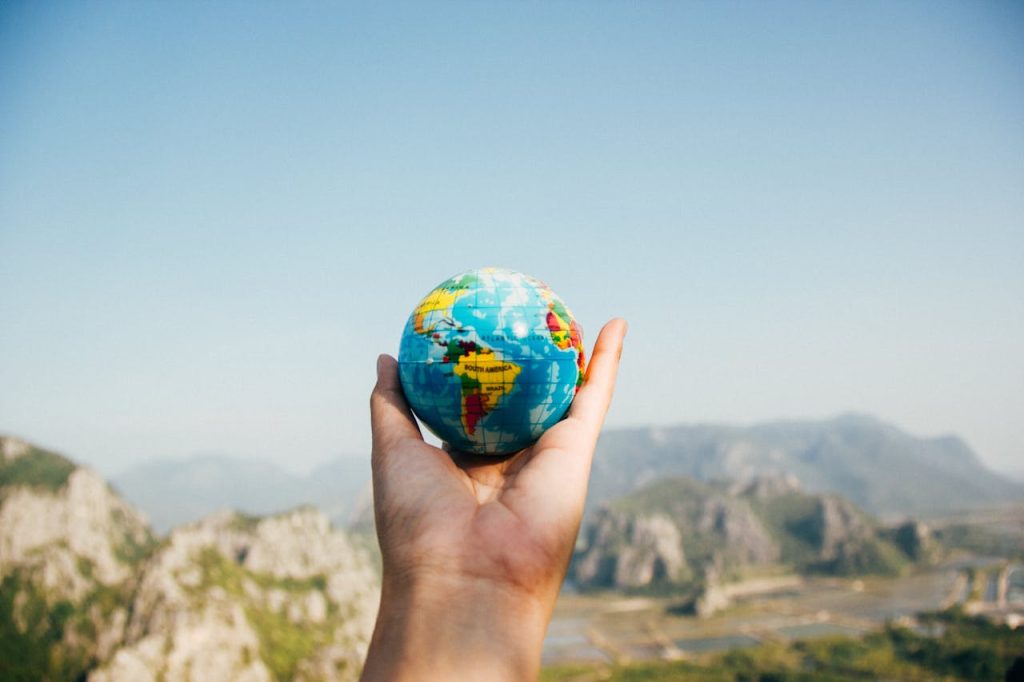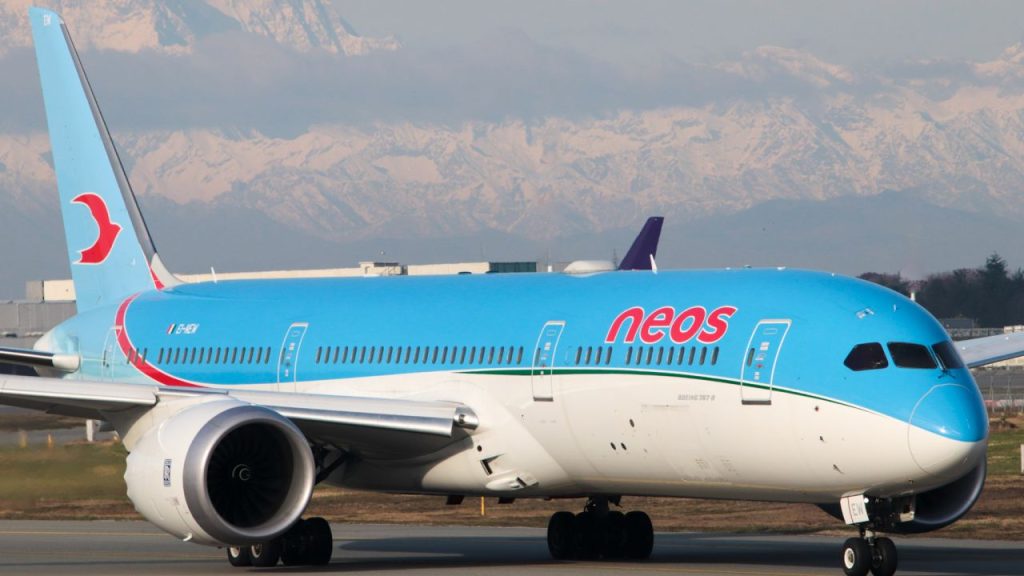Text by Eva Wolf – This article was originally published on www.elcafelatino.org
An archaeologist renowned for his work on Amazonian archaeology, Stéphen Rostain has sought to combat archaeological ignorance about this region and the prejudices of academic archaeology.
After a period of civilian service in French Guiana, Stéphen Rostain undertook a thesis entitled “The ancient Amerindian occupation of the Guian coastline”. At that time, only ten or so archaeologists were working on the seven thousand square kilometres of the Amazon. The axioms of “civilisations” were advocated as definitive, the markers of which were the construction of stone buildings (pyramids or temples), a highly hierarchical societal structure (e.g. the Inca-Maya-Aztec civilisations) and human sacrifices.
Furthermore, when dealing with pre-Columbian Amazonian civilisations, the hypotheses were that the existence of contemporary residual populations was a reflection of past civilisations, that the traces found in Amazonia did not imply a pre-Columbian occupation, that there were no cities in this territory and that the evidence of agriculture was invisible.
Stéphen Rostain’s work will begin by challenging all these axioms.
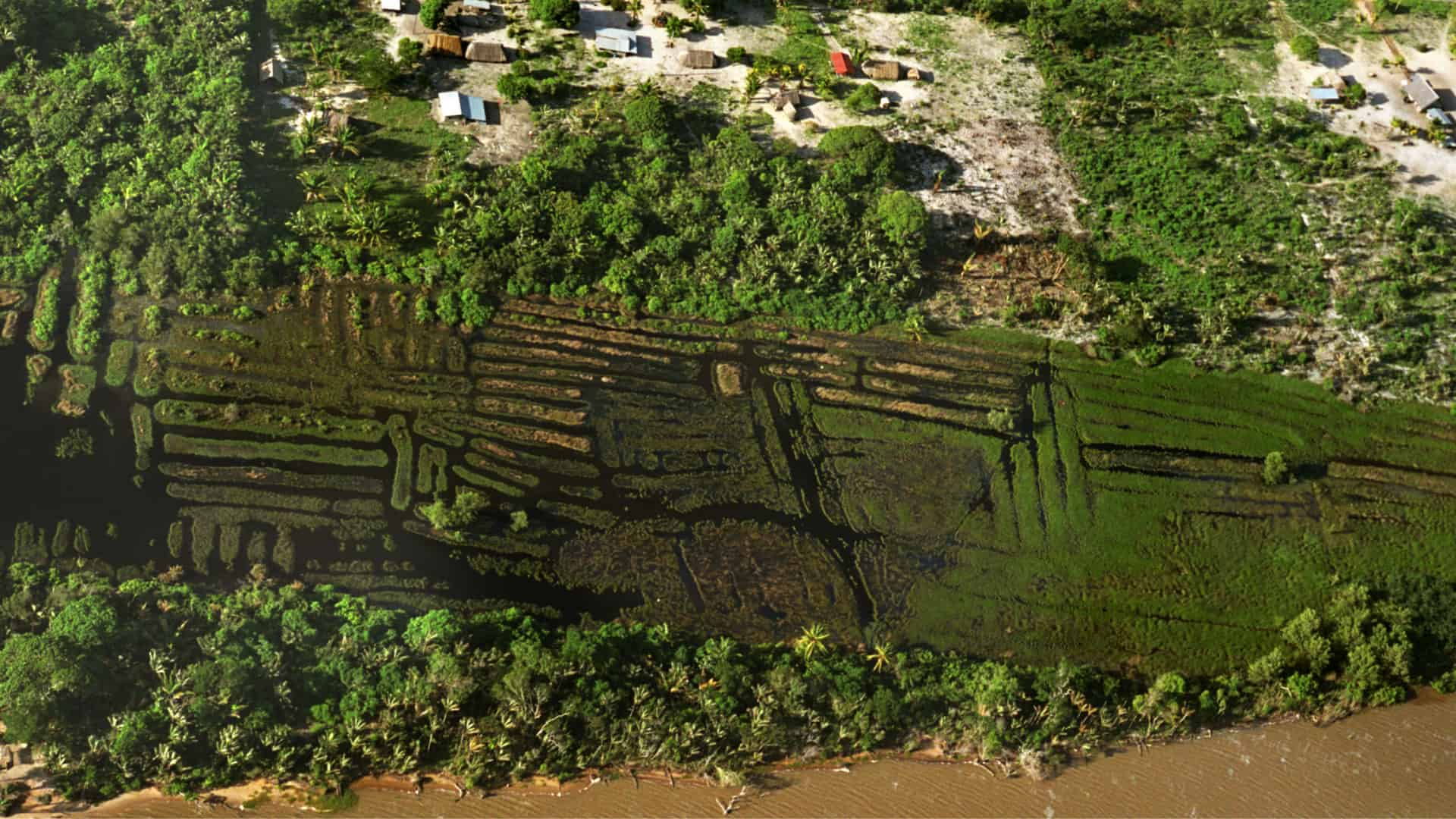
How and where to start?
By questioning the local populations who will provide him with information on the 50 archaeological sites he will visit. Then by flying over the coastal areas in microlights, which will provide him with aerial images of checkerboards. These are in fact a series of mounds with a diameter of 1 to 4 metres, formerly planted with corn, squash and beans, like the Amerindian crops in Bolivia. This researcher deduced the existence of very elaborate ancient agricultural practices.
What remains of the Amazonian peoples is the result of an epidemic caused by the introduction of new European viruses in the 16th century. As a result of this wave of diseases, 90% of these populations disappeared. However, traces of towns and villages have been found, as well as trade and ceremonial routes up to 20 metres wide.
How can one not be impressed by their large-scale earthmoving skills and the logistics that this required, by their forest-friendly agriculture, and by the 350 languages still spoken in the Amazon today?
It is regrettable that UNESCO has not classified any Amerindian site in the Amazon. It is as if the difficulty was still to demonstrate that such a civilisation existed, a civilisation whose habitat was on the land, with an egalitarian societal structure, an oral tradition and non-invasive agriculture. It did not give the expected image. This is why the last axiom, that the pre-Columbian Amazon was a virgin forest, was beaten to death by Stéphen Rostain.
Since the year 2000, no one has been unaware that the Amazon is the green lung of our planet, an inhabited and cultivated area that could exist without massacres, tree felling and mining operations, the damage of which we know. Progress, in the global context of global warming, is no longer about clearing land and “helping oneself”, it is about becoming aware of the savannahisation of the Amazon with, already in twenty years of felling, 550,000 km² deforested and induced droughts, as in Brazil; it is about preserving the human cultures living there, Stéphen Rostain pressing for UNESCO to classify other Amerindian sites after the Chiribequete National Park in Colombia in 2018 As French Guiana constitutes one fifth of the territory of metropolitan France, it is to be hoped that France will take a stand against this polluting and destructive ‘progress’. We are on the threshold of a point of no return, on the verge of living the last moments of a biodiversity treasure.

